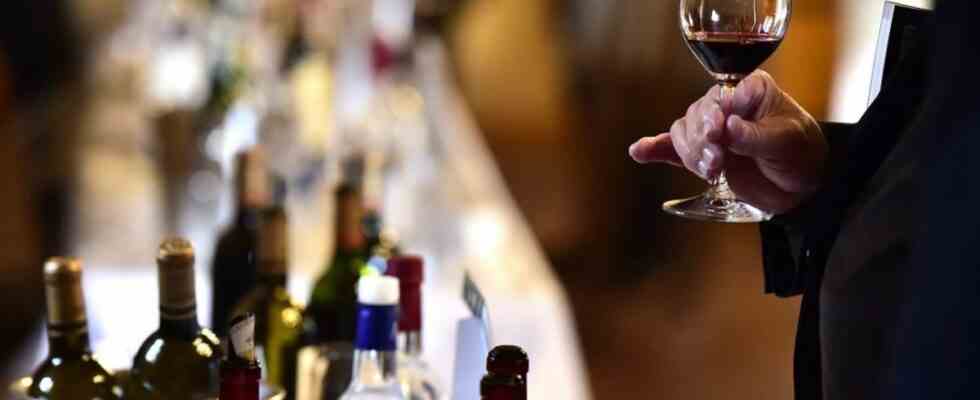One disaster could have hidden another. To the losses of more than 28,000 ha of forests caused by the gigantic fires in Gironde in the summer of 2022, we could have added contamination of the harvest of Bordeaux vineyards, if the fires had taken place a little later. A conference was organized this Wednesday by the union of oenologists of France around this problem of the taste of smoke in wines, Institute of Vine and Wine Sciencesnear Bordeaux.
A 2022 vintage that narrowly escapes contamination
The results are reassuring and the wines of Bordeaux do not seem promised, this year, to a taste of ashes, a bitterness typical of vines exposed for a long time to smoke from major fires. Dominique Guignard, president of the Graves syndicate (an appellation close to the burnt areas) goes even further, speaking of a “vintage that promises to be exceptional. In 1949, we had 50,000 ha devastated near Cestas and it was one of the best vintages we had in Bordeaux! »
According to Vincent Renouf, director of the Excell laboratory, “the luck we had was that the fires arrived very early”. He explains: “The plant’s mechanism for absorbing its molecules [dégagées par la combustion du bois] it is to glycolize them and sugars are needed. As long as there has not been veraison, the accumulation of sugars which allows glycolization, it does not fit. This is the big difference with the episodes experienced by California in 2020 and Provence in 2021.
If Bordeaux felt little concerned by this problem of the “taste of smoke” which has already concerned many vineyards around the world for several years, “this year must be a warning, it may increase in the future and there may be have a greater impact on Bordeaux wine production,” says Alain Blanchard, director of the Institute of Vine and Wine Sciences. The Union of Oenologists has announced that it will launch a call for projects for research teams to mobilize on this theme.
The California Winery Experience
Since 2017, the western United States has been confronted with intense fires close to vineyards and therefore with this problem of “smoke taste”. Nicolas Quillé, an oenologist in the United States for twenty-five years, works for a company that has cellars in three states (California, Oregon and Washington). His employer has 400 ha of vineyards for a volume of four million bottles produced.
“The first salvo took place in 2017. The fires took place at the end of the harvest and we had a lot of things to manage, including evacuations, he testifies. We did not know the tastes of smoke and we discovered them on the nose of course but also on the palate with a bitter taste, which I would describe as an ashtray taste, on the finish. »
The most severe episode took place in 2020 when 200,000 ha went up in smoke in the three states. “All the harvests took place under fire,” says this oenologist. We put an evacuation system in place, based on what exists for earthquakes. In agreement with the county authorities, they have also put in place permits to access the evacuated areas in order to continue working.
To make harvest decisions, the vineyards conducted micro-fermentations. It should be noted that in the United States, the insurance system cannot be activated if the grapes have been picked. “And, as for the level of rot or the sugar level, we now have quality criteria for the taste of smoke”, points out this oenologist. Data exchanges took place with the other vineyards to allow a better estimate of the level of contamination, depending on the grape variety.
Manual harvesting, aeration…
To limit the damage, Nicolas Quillé recommends preferring manual harvesting, even if it is not always possible to have pickers work when the air quality is very poor. The pressing must be measured and the work of the grapes must be done in ventilated cellars sheltered from any smoke, because the grapes are then very sensitive. To mask the smoky taste, these vineyards have tested several processes, including charcoal fining, which works well on whites, but more difficult on reds. He also recommends, during blending, a blend with the previous harvest, while foreseeing serious problems with the Inao (National Institute of Origin and Quality). A remark that sparked laughter in the audience.
In a region accustomed to increasingly sudden and virulent climatic hazards, Nicolas Quillé also recommends getting organized to be able to pick up the harvest quickly. Something to give food for thought to professionals in the sector but also to all arboriculturists.

